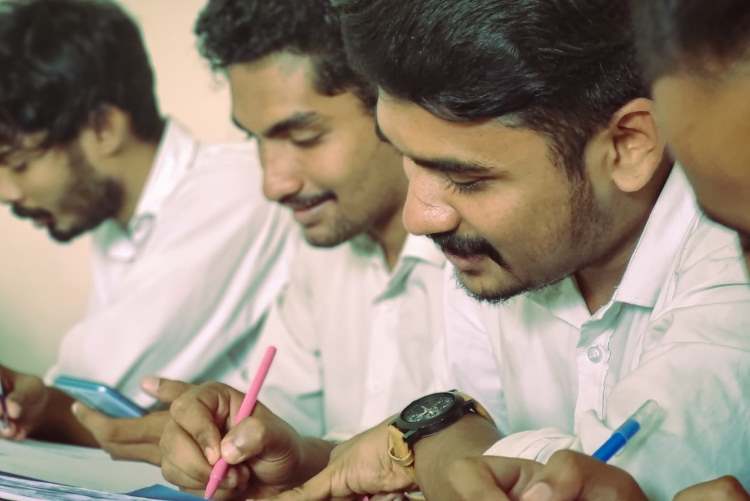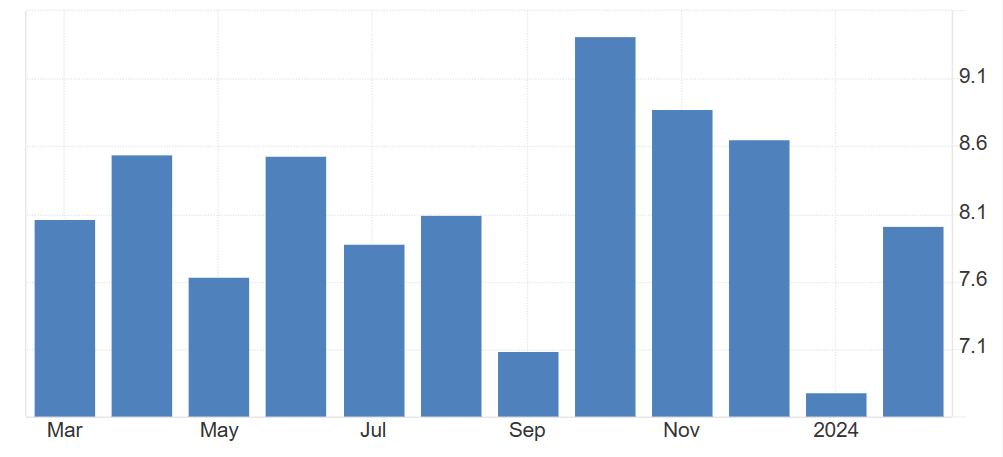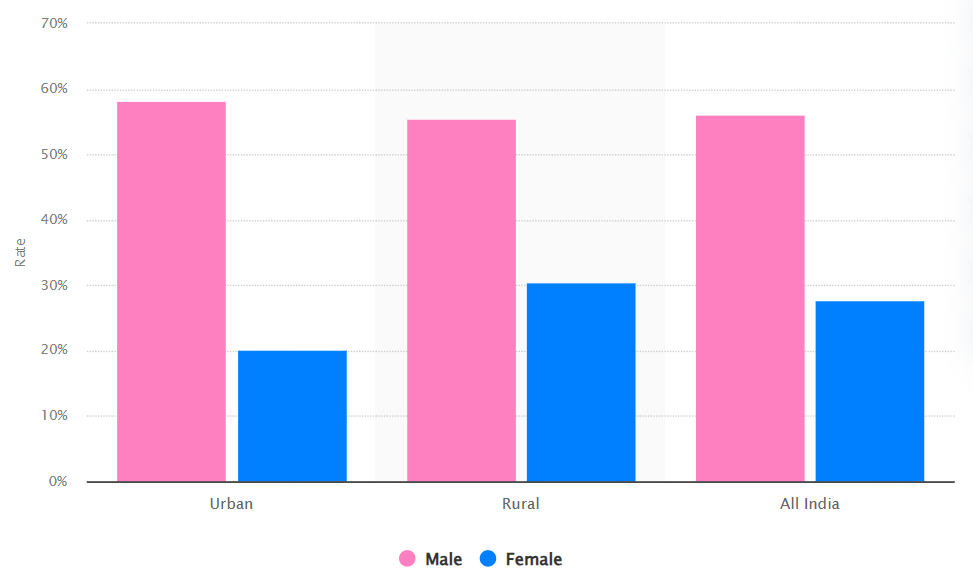
India’s unemployment crisis: India’s economic ascent saw its transition from a predominantly agrarian society to a vibrant, service-oriented global power. However, India’s emergence conceals a paradox. While the nation celebrates a young population – often touted as demographic dividend – a significant share of its youth remains unemployed or underemployed. This discrepancy between a youthful populace and the availability of suitable employment opportunities presents a critical challenge to India’s sustained economic growth and social stability.
After India gained independence in 1947, the youth found employment opportunities in the newly established public sector undertakings. These organisations offered jobs across various skill levels, including construction workers, technical staff, teachers, medical staff, gardeners, and so on. This diversity in employment led to prosperity and increased demand. However, with the population rising from 341 million in 1947 to 843 million in 1991, the number of job seekers surged.
The liberalisation of the economy further stimulated employment opportunities, creating a new wave of demand and offering better earning opportunities for all societal sectors. As of now, we lack census data for 2021, but the population is estimated to be 1.41 billion, with 60% of it being young. The challenge lies in providing meaningful employment through suitable policy interventions.
READ I Decoding India’s rising female labour force participation
Unemployment and skill gap
Exacerbating this challenge is the widening gap between the current education system and the demands of the modern workforce. A 2022 report by the World Bank revealed that a staggering 83% of Indian employers reported difficulty finding candidates with the necessary skills. This highlights the need for a more dynamic and industry-aligned education system, one that equips young people with the technical and soft skills required to thrive in the 21st-century economy.
As of December 2021, there were 53 million unemployed individuals in India, with nearly 17 million having ended their job search out of frustration. According to data released by CMIE in March 2023, the worker-population ratio in India rose to 52.9% for the 2021-22 period. The current unemployment rate stands at 8.11%, with states like Bihar, Jharkhand, Haryana, and Jammu and Kashmir contributing significantly to this figure. This situation underscores the need for these states to reevaluate their priorities and policies. India still depends heavily on agriculture – employing 43.96% of the workforce – to generate employment opportunities for its growing population, with industry and services employing 26% each of the workforce.
India unemployment rate (per cent)

Historical data suggest that agriculture is likely see a decline in the future, and the services sector alone cannot absorb all those migrating from agriculture. There is a pressing need to focus on enhancing agricultural productivity and allied activities through modern knowledge, ensuring fair returns for farmers, and facilitating migration from agriculture to the MSME and manufacturing sectors. The services sector, being largely unorganised, has its limitations.
A closer examination of policies reveals a disconnect between the country’s agricultural sector and the curricula of its agricultural universities. Low return on investment in agriculture creates perpetual uncertainty among farmers, with traders often reaping the benefits. There is a crucial need to reemphasise the importance of Krishi Vigyan Kendras by providing adequate staff and funding, with a clear mandate to educate farmers on changing to more suitable cropping patterns and practices. This could enhance productivity while reducing the use of harmful fertilisers and pesticides.
Rate of labour participation as of June 2023

The MSMEs are struggling with a lack of working capital, and they are still to come out of the economic shocks triggered by demonetisation, GST rollout, and the Covid-19 pandemic. Despite market demand, many are losing out due to high credit costs. Policies need to be more flexible, addressing specific needs on a cluster and sector basis. While several state governments have initiated support measures, a more comprehensive policy at the central level could significantly mitigate the damage.
The informal sector, while employing a vast majority of the workforce, offers limited upward mobility and social security benefits. According to the Centre for Monitoring Indian Economy (CMIE), the informal sector accounts for a staggering 90% of India’s workforce. This not only undermines long-term economic security for a significant portion of the population but also restricts the overall productivity of the economy. Formalising a larger share of the workforce through targeted policies and incentives can be a crucial step towards creating a more inclusive and sustainable growth model.
The real indicator of the health of an economy is the demand for fast moving consumer goods, which reflects spare money, employment status, and earnings. With a large young population, these indicators demand immediate attention due to a vicious cycle of low demand leading to reduced manufacturing and employment. The FMCG sector, being the fourth largest with a 50% share, serves as a prime indicator of inclusive growth. Although the sector has seen growth since 2012, the market demand has yet to show positive signs, indicating that disposable income is being spent only on essentials.
Policymakers should focus on ensuring a constant flow of knowledge in agriculture to guarantee good returns, providing easy access to credit for small and marginal enterprises, and closely monitoring the FMCG sector. This approach is key to ensuring that no one is left behind in India’s growth story.
Dr Aruna Sharma is a New Delhi-based development economist. She is a 1982-batch Indian Administrative Service officer. She retired as steel secretary in 2018.

